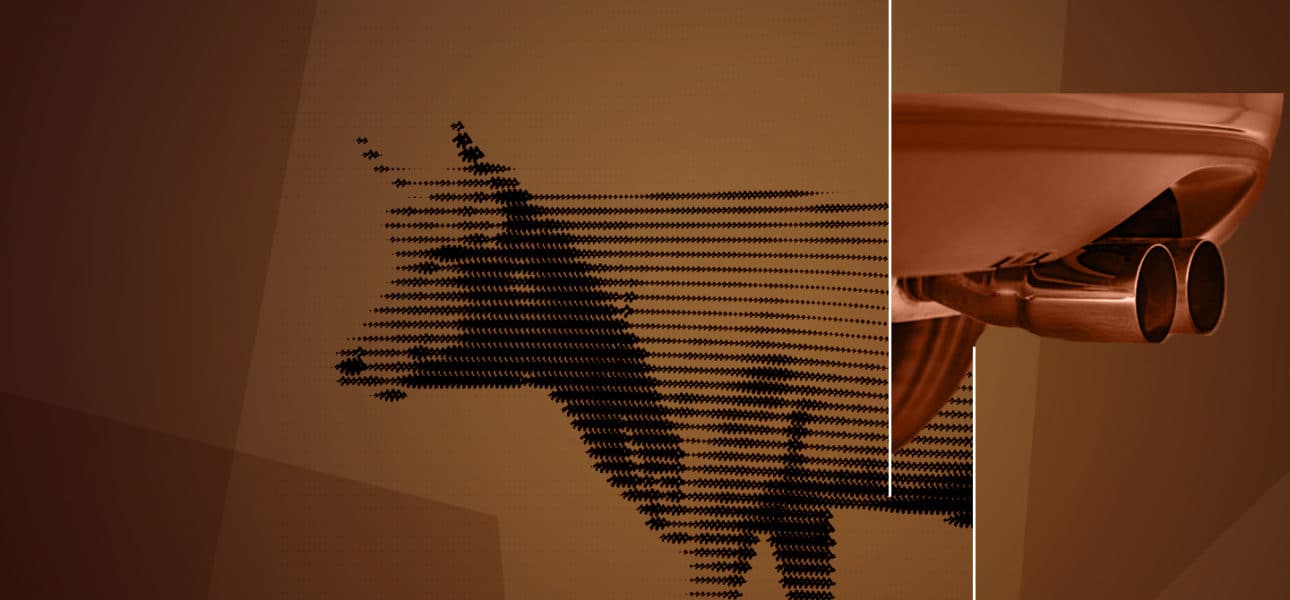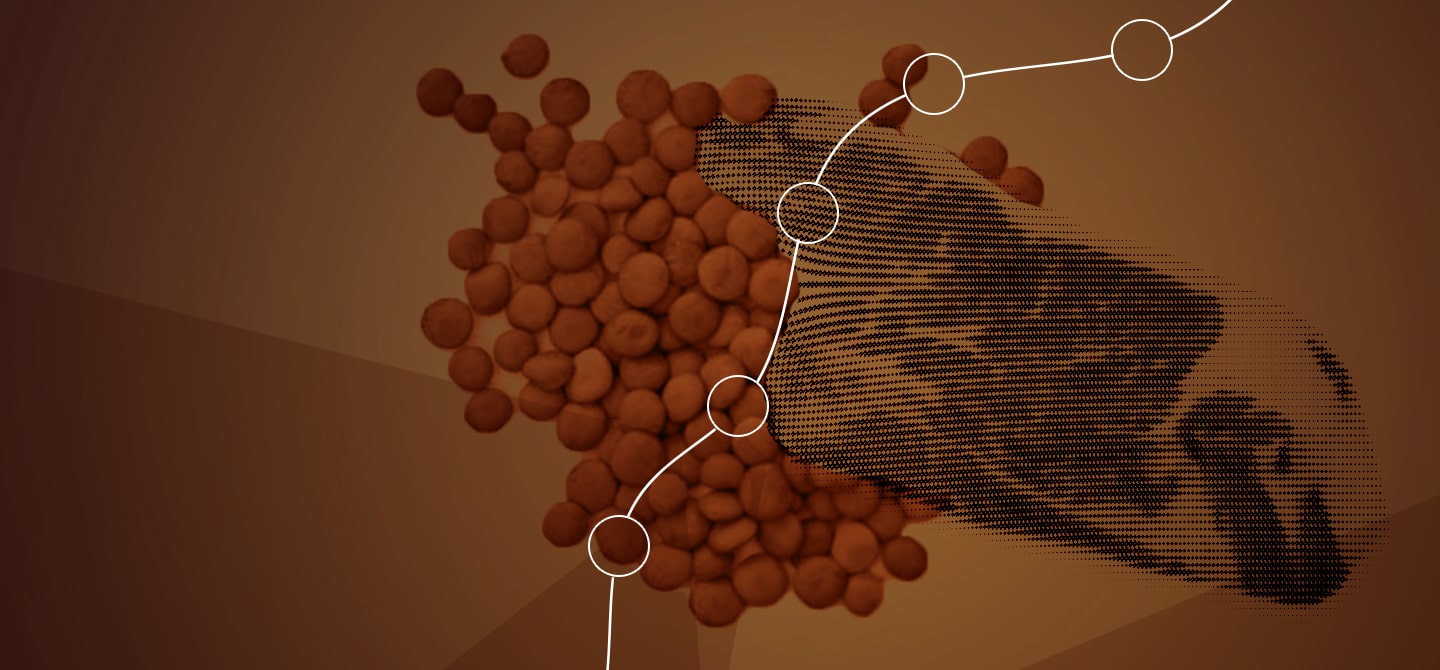We often hear that livestock farming is a major emitter of greenhouse gases (GHG). Which is true. In fact, agriculture is the second largest sector in terms of GHG emissions in France (23% of the national total1). Livestock farming is responsible for 68% of methane emissions, while soil cultivation is responsible for 80% of nitrous oxide emissions. Resilience regarding these emissions depends above all on greater autonomy of farms and lower consumption of meat products by the population.
How are the total emissions of the main greenhouse gases (GHG) emitted by livestock (methane, nitrous oxide and carbon dioxide) and exchanges within grassland ecosystems calculated?
Katja Klumpp. In France, the body responsible for these inventories is the Centre technique de référence en matière de pollution atmosphérique et de changement climatique (Citepa), which uses calculation methods recommended by the IPCC2. Thus, there are different methods with three levels of accuracy. We can use certain multipliers for each category of emitting sources, type of GHG and data related to the activities concerned.
The first level is excessively simple. For example, to find out the emission of methane (CH4) from livestock farming, we multiply the number of cows in France by the associated multiplier. Or to find out the emission of nitrous oxide (N2O) from livestock farming, we multiply the quantity of synthetic nitrogenous inputs spread by the multiplier coefficient (emission factors; bovine 52 kg CH4/head/year) associated with this gas. The calculation is simple, but with the different variations present on the farms, the result will be subject to large margins of error.
In the second level of complexity, more information will be added: cow metrics (intake, energy requirement, weight), cow category (dairy, calf, bull, etc.), location (continent), etc. Finally, the third level of complexity takes into account parameters such as feed quality, rumen function in a mechanistic model, etc. We can therefore see that to be accurate, we need to have a lot of source data from the farms at our disposal. In our work as researchers, we then have the possibility of refining and improving the measurements and calculation methods at local farms, which we then pass on to national or international organisations so that they can integrate them into their calculation methods.
The albedo effect
The albedo effect is particularly in the spotlight at the moment. To explain it briefly, the albedo is the proportion of solar radiation reflected from a surface into the atmosphere. Depending on the “colour” (and texture) of the surface in question, more or less radiation is reflected. Basically, when light is reflected, it is not converted into heat and therefore helps to reduce global warming. Maximising the albedo effect therefore means favouring surfaces that reflect light rather than surfaces that absorb it and convert it into heat. The problem here too is that you have to find the right compromise locally. For example, a permanent grassland with a more species-rich cover tends to be darker than a temporary grassland with ryegrass-clover. Similarly for soil colour, light soils strongly increase the albedo and contribute to a lower terrestrial temperature. Conversely, on dark soils, the introduction of intermediate crops increases the albedo. Nevertheless, we have seen that grassland soils have a greater capacity store carbon than crop soils. The important thing to remember is that there is no single solution for livestock farming in the face of global warming and that having several solutions will always be beneficial to be more resilient.
There are a lot of variables for net GHG emissions of a farm. Can you go over these different parameters?
This is typically a case where we are in the third level of complexity. We will take into account all the variables as you mention. The so-called permanent grasslands (area still under grass) which can be more than six years old as well as more than one hundred years old. This six-year duration delimits the border with so-called temporary grasslands (<5 years) which are generally in rotation with crops. The plant composition of these grasslands can be more or less rich, have different modes of use (mowed, grazed or a mixture of the two), be fertilised with mineral or organic fertiliser, and so on. All these parameters will affect the capacity of the grassland to store (long-term process) and sequester carbon (short-term process, it depends on the incoming carbon flows) and therefore on its overall GHG emission.
As far as animals are concerned, it is important to know the basis of their diet, whether arable land (concentrate, oilcake, wheat, maize, etc.) or grassland has been used for part of their feed, and whether they are part of the fertilisation of the soil, either through organic or mineral fertiliser, or the direct application of manure or dung to the grazing area. These three crucial parameters have an impact on GHG emissions. And we can go even further and add parameters such as soil cover (type of vegetation), ploughing, number and time of grazing cows per hectare of grassland, etc. We are still talking about estimates because it is very difficult get very precise results. Nevertheless, from a strictly theoretical point of view, it would be possible to compensate for the GHG emissions from livestock farming by using the carbon storage of grasslands and by replacing part of the mineral fertiliser by the nitrogen fixation by legumes.
How can climate objectives be reconciled with other issues such as the reduction of fine particle and ammonia emissions and the preservation of water and soil quality?
For a long time, research has focused solely on GHGs. In France, agriculture accounts for 53% of particulate emissions, compared to 29% for industry, 11% for tertiary residential and 5% for road transport (Citepa, 2014). According to Citepa, “crops” are responsible for nearly 80% of the particulate emissions from agriculture, the rest being linked to livestock farming. The contribution of livestock farming to fine particles (size < 10μm – PM10) would be less than 10% of the national emission mainly from livestock buildings. Then, it is ammonia emissions, which contribute to the formation of fine particles (PM2.5).
To remedy this, a set of international regulations has been put in place to reduce NH3 emissions. It became apparent some years ago that there was an urgent need to adopt so-called multi-criteria approaches. For example, the good practice guide for improving air quality is based on a “win-win” strategy3. Here the aim is to provide the keys to reducing ammonia emissions while providing farms with other benefits and avoiding any transfer of pollution.
Some objectives cannot be reconciled, however. As is the case with poultry farming, which emits less GHG but more ammonia and fine particles. We must therefore find the best possible compromise, which is far from easy. With this in mind, research is underway to promote the autonomy of farms (circularity) and allow a balance in the management of these different parameters, particularly external inputs.
















